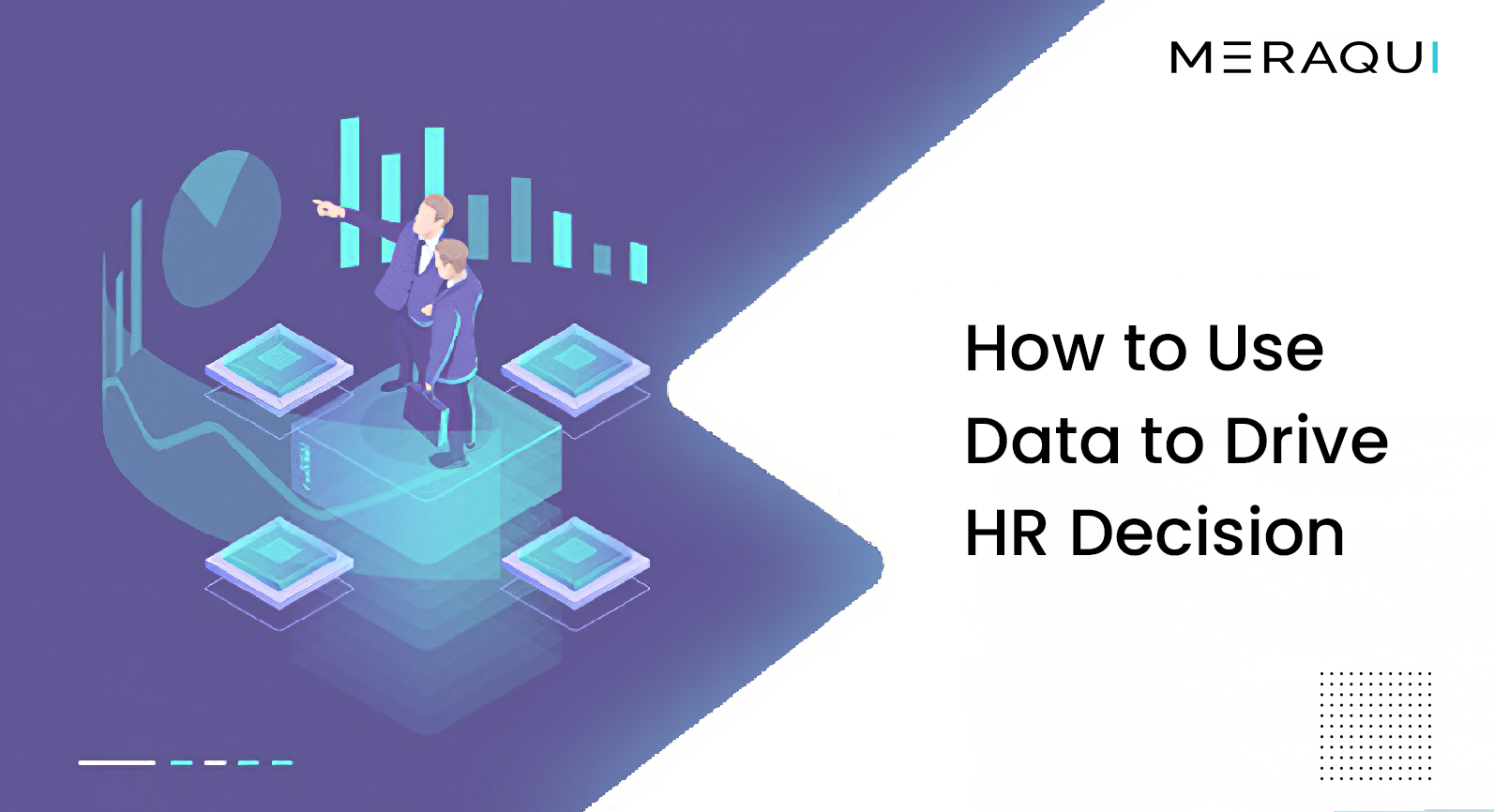
How to Use Data to Drive HR Decision
Data has emerged as the cornerstone of HR decision-making. Gone are the days of relying solely on intuition and gut feeling.
Today, data-driven HR decisions are not just a trend but a necessity for organizations striving to attract, retain, and develop top talent.
In this blog, we will explore the vital role of data in HR and how it can be effectively used to drive decisions that fuel organizational success.
Why Data in HR Matters
Let’s start with the basics. Why should HR professionals embrace data-driven decision-making?
Here’s the straightforward answer: because it works. Research indicates that organizations that leverage data for HR decision-making are 5 times more likely to outperform their peers.
So, what are the tangible benefits?
- Improved Hiring
Recruitment is the lifeblood of HR, and data can significantly enhance this process. By analyzing historical data on successful hires, you can identify patterns and characteristics that align with your organization’s culture and goals. This leads to more informed candidate selection and higher retention rates.
- Enhanced Employee Engagement
Engaged employees are more productive and less likely to leave. Data can help you understand the drivers of employee engagement within your organization.
Employee surveys, for example, can provide valuable insights into employee satisfaction, helping you pinpoint areas for improvement.
- Training and Development
Data-driven HR extends beyond recruitment and engagement; it’s also about nurturing your existing talent. By analyzing performance data, you can identify skills gaps and tailor training programs to address them. This not only boosts individual performance but also contributes to the overall growth of the organization.
Meraqui’s Karam.ai tracks a candidate’s life cycle from hire to retirement. Becoming a go-to to solve daily HR needs.
How to Use Data for Informed HR Decisions
Now that we understand the importance of data in HR, let’s delve into the practical steps to leverage it effectively.
- Define Your HR Metrics
Begin by defining the key metrics that align with your organizational goals. These could include turnover rates, time-to-fill vacancies, employee satisfaction scores, or training effectiveness. Ensure that these metrics are specific, measurable, and relevant to your HR objectives.
- Gather Quality Data
Data is only as good as its source. Invest in systems and tools that capture relevant HR data accurately. This includes data on recruitment, performance, training, and employee feedback. The more comprehensive your data, the better-informed your decisions will be.
- Analyze and Interpret
Once you have the data, it’s time to make sense of it. Use analytics tools to identify trends, correlations, and outliers. For example, you might discover that candidates with a certain certification tend to stay longer in your organization.
Such insights can inform your hiring strategy.
- Predictive Analytics
Take your data analysis a step further with predictive analytics. By using historical data to forecast future HR trends, you can proactively address potential issues.
Predictive analytics can be a game-changer for workforce planning and talent management.
- Implement Data-Driven Solutions
Armed with insights from your data analysis, it’s time to take action. Implement targeted solutions that address the HR challenges and opportunities revealed by your data.
This might involve refining your recruitment process, revamping training programs, or launching initiatives to boost employee morale.
- Monitor and Adjust
Data-driven HR is an ongoing process. Continuously monitor the impact of your decisions and be prepared to adjust your strategies as needed. Regularly updating and fine-tuning your HR initiatives ensures they remain aligned with your organizational goals.
Real-World Success Stories
Let’s take a look at a couple of real-world examples of how data has driven HR success:
- Google’s Data-Driven Hiring
Google is renowned for its data-driven approach to HR. They use algorithms to sift through resumes, assess candidates’ potential, and even predict which employees are likely to leave.
This data-driven approach has helped Google maintain its status as one of the world’s top employers.
- IBM’s Employee Attrition Model
IBM developed a predictive attrition model that identifies employees at risk of leaving the company. By analyzing various data points such as salary, performance, and job satisfaction, they can proactively address issues and retain top talent.
Conclusion
In today’s competitive business landscape, HR professionals can’t afford to make decisions in the dark. Data is the flashlight that illuminates the path to success.
By defining your metrics, gathering quality data, analyzing it effectively, and implementing data-driven solutions, you can transform your HR department into a strategic powerhouse.



Leave a Reply